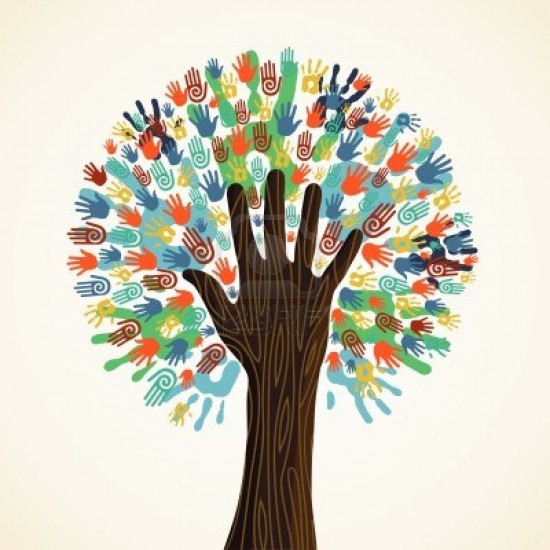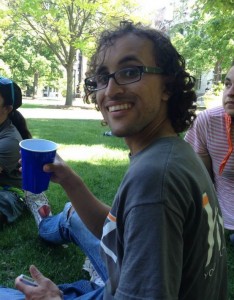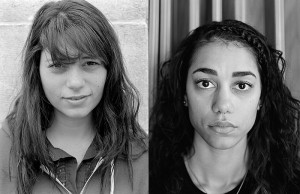“I wish I had white skin,” my three year-old daughter said, swinging breezily at the park.
Gulp. “Why do you say that, Sweetheart?” I asked, outwardly calm but inwardly exclaiming, Shit! What do I do with this?
“Because all of the friends at school have white skin.” Very matter-of-factly.
***
I think about race a lot, both professionally and personally, and perhaps more than the average person. I work as a professor teaching race-related literature classes and grew up as a “brown-skinned white girl,” as France Winddance Twine has called mixed race girls raised in white households and predominantly white communities. I remember as a preschooler myself in the 1970s telling my teacher that I wished I had long, blonde hair (and presumably pale skin) and, though I’m embarrassed to admit this deep-seated desire I held at the time, pastel underwear. So I wasn’t entirely surprised that my daughter, the beautifully brown-skinned child of her mixed race father and I, would develop feelings similar to those I’d had as a child, given the predominantly white school she attended.
But so soon? And how did she internalize the idea that dark skin is undesirable when she hasn’t been a TV watcher and has been celebrated with Doc McStuffins and brown baby dolls?
Fast forward to five:
“I love my brown skin,” she tells her gymnastics teacher one day, but on another day this boisterous girl turns timid around her brown paternal grandfather and great grandmother. Or she hides behind her father’s back when she meets other brown skinned kids at the park. He tells me she seems afraid of black people and that she needs to know she “comes from this,” as well as from whiteness.
I’m feeling defensive, like my choice to live in the town I chose and have my daughter attend a Catholic school is being called into question because it effectively surrounds her with whiteness. And the cultural critic in me is nagging behind this more visceral maternal response. “Wait a minute. What do you mean, ‘She needs to know she comes from this’?” Not until later, when my maternal angst is temporarily calmed, can I tease out the implications of this remark. No, I don’t want to raise my daughter to believe she “comes from blackness and whiteness” as if they are some geographical location we can visit in time and space, as if they are a location where all of this cultural coding and conditioning just is and therefore makes sense, as if this ephemeral blackness and whiteness she “contains” could be pinned down to the pseudo-science of racialized blood or moral character.
What I want her to know is that she comes from people. These people love her and she needn’t be afraid of them because of the various colors of their skin. By extension, she needn’t fear people she meets in the world simply because of their skin; if there are people to fear in the world—and there certainly are—it’s because of their actions, not their appearance.
When I talked to her about “black people” after talking to her father, she stopped me. “Black people?” she asked, and I knew she was imagining someone the color of her tennis shoes or the car ahead of us. Having preferred more literalness with descriptions of people, I’ve always talked to my daughter about our brown skin and others with brown skin; even white people aren’t the color of notebook paper but more variations of sand and tan. I’ve challenged her when she describes the peach colored crayon as “skin color,” and I’ve asked her to hand me a skin colored crayon, holding out my hand to indicate I mean a certain shade of brown. I point out the people she considers having “white skin” don’t look like that peach-colored crayon or summer day clouds.
To her question, I replied, “I think that’s a confusing term, too, but that’s a term used for people who look like your Grappa and even your dad and me.” Although many people find my daughter hard to peg, usually asking if she’s from India, I’m sure there will be times when she’ll be called black as well.
We know racialized terms are used to classify people; unfortunately, these terms are also used to define and often limit people. We know white power and privilege exist. We know racism exists. We know unspeakable things have been done in the name of these realities. We know, too, that black triumph against these atrocities also exists. Black people have done amazing things throughout history. So have white people. Black people have also done some terrible things, as white people have, and in these statements, I’m not forgetting the power that’s coextensive with whiteness in the United States and elsewhere. Still, these terrible acts that have been (and continue to be) done are the acts of people, performed in the name and game of race, even when their ideologies become institutionalized to the point that we forget their original presence at the root of injustice.
I would rather my daughter come to the realization that race is an imperfect and often detrimental way of talking about perceived differences, whether these are biological (like skin color) or socio-cultural (like language use) and that these differences don’t map neatly onto so-called racial lines. Nor can these differences be equated with anything inherent, including a person’s worth, potential, intelligence, character, behavior, or proclivity for violence and therefore worthiness of our fear.
So the conversation will continue. I don’t want V. to be afraid of her family or to internalize this culture’s racism, which is certainly what’s happening when she shies away from other brown skinned kids on the playground or her own grandfather when she hasn’t seen him in a year. I don’t want her to grow up thinking that she’s somehow diminished because of her skin or, conversely, more special because of it. Given the sometimes subtle yet pervasive negative associations our culture makes with dark skin, and given the predominantly white community in which I’m raising my daughter, I want to normalize skin color difference, to help her see skin’s “meaning” as equivalent to that of hair or eye color, hair texture or eye shape—in other words, in itself meaningless though laden with historical baggage she needn’t help tote.
This past Christmas, V. was visited by an “Elf on the Shelf,” and, significantly, hers was brown with a short pixie cut that favored her own. When she first noticed it sitting on the bookshelf, V. morphed into a human pogo-stick, bouncing up and down like our floor was a trampoline: “I got my very own elf!!! And she looks like me!!!” A few days later, we found The Gabby Douglas Story on Netflix; since V. enjoys gymnastics and I’m pointing to positive images of black people, we watched it. Early in the movie, she noticed the family.
“They look like me, ” she remarked, smiling.
“Yes,” I affirmed, “they look like us.”
I’m comforted at this stage to know she’s seeing these affirmations of brownness and that, by extension, she can feel affirmed not just in our home but hopefully in the world as well.
Still, I wonder whose responsibility is it to affirm children’s worth? Surely the parents are primarily influential in this regard, but are we alone in valuing our children? What role do schools play? What role does culture? I’m not trying to reinforce the current cultural climate of over-affirming children to the point of narcissism, but children do deserve to have their worth and potential affirmed and encouraged, respectively. Given my daughter’s sometimes negative responses to her skin, I’d say schools and culture are clearly influential. This influence should not be taken lightly but consciously crafted so that socially we can move away from images and ideologies that suggest singular notions of beauty or worth. In so doing, we can move toward a time when individuals such as my daughter won’t look at their skin in order to define themselves or determine their value in the world.
By: Guest Blogger Tru Leverette, PhD
[rescue_column size=”one-third” position=”first”]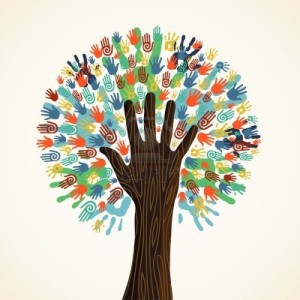 [/rescue_column]Tru Leverette works as an Associate Professor of English at the University of North Florida where she teaches African-American literature and serves as director of African-American/African Diaspora Studies. Her research interests broadly include race and gender in literature and culture, and she focuses specifically on critical mixed race studies. Her most recent work has been published in Obsidian: Literature in the African Diaspora and the edited collections Other Tongues: Mixed Race Women Speaking Out and The Search for Wholeness and Diaspora Literacy in Contemporary African-American Literature. She served as a Fulbright Scholar at McGill University in Montreal, Quebec, during the Winter 2013 term.
[/rescue_column]Tru Leverette works as an Associate Professor of English at the University of North Florida where she teaches African-American literature and serves as director of African-American/African Diaspora Studies. Her research interests broadly include race and gender in literature and culture, and she focuses specifically on critical mixed race studies. Her most recent work has been published in Obsidian: Literature in the African Diaspora and the edited collections Other Tongues: Mixed Race Women Speaking Out and The Search for Wholeness and Diaspora Literacy in Contemporary African-American Literature. She served as a Fulbright Scholar at McGill University in Montreal, Quebec, during the Winter 2013 term.
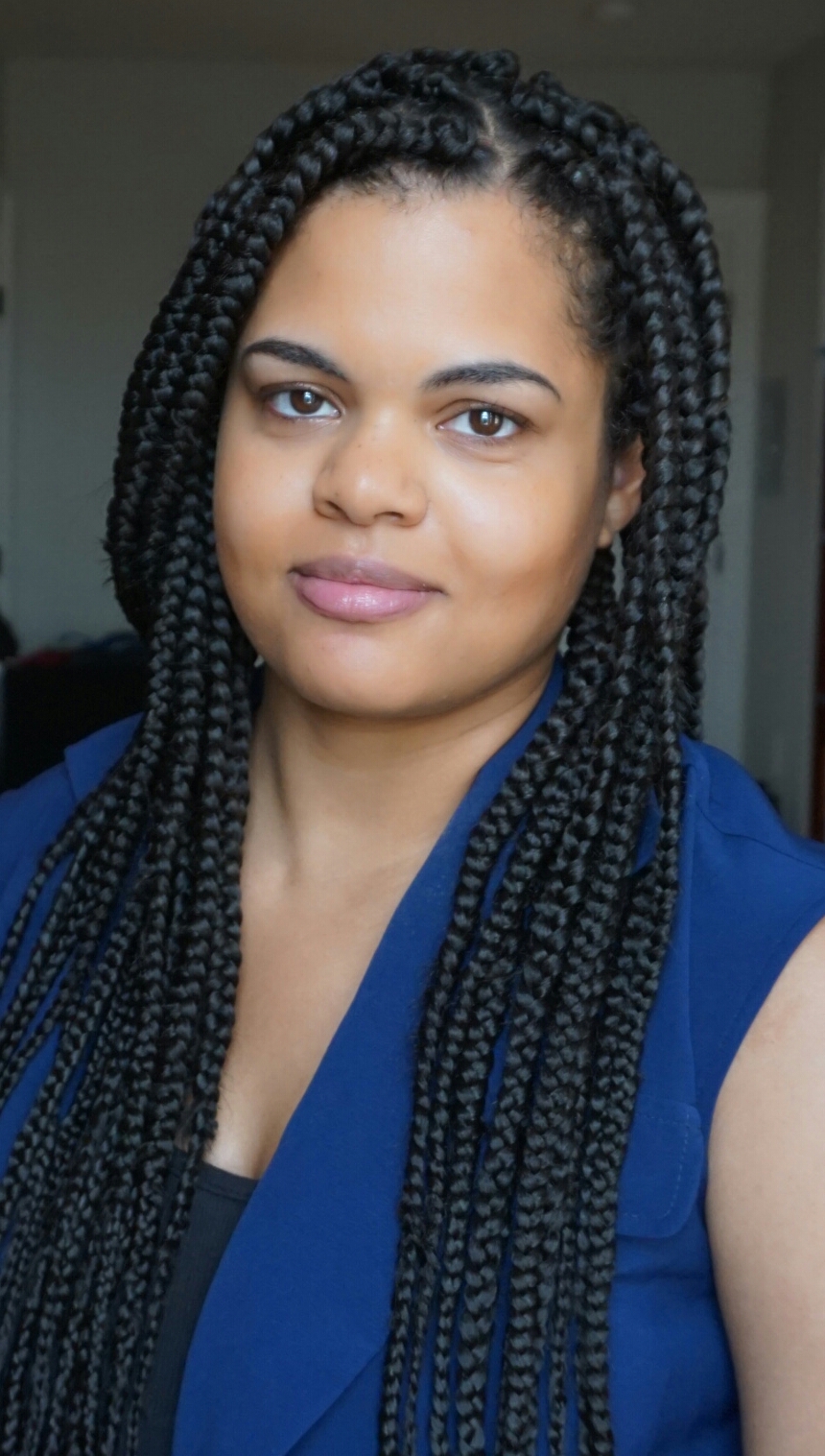 Aisha Springer is based in Baltimore. Her writing primarily focuses on issues of race, feminism, and personal essay. She is a Contributing Writer for Hashtag Feminism, a blog examining feminist topics through a media lens, has written book reviews for STAND, the ACLU magazine, and was a 2015 Social Good Summit Blogger Fellow for the United Nations Association (UNA-USA). During the day, she works full-time at a civil rights nonprofit.
Aisha Springer is based in Baltimore. Her writing primarily focuses on issues of race, feminism, and personal essay. She is a Contributing Writer for Hashtag Feminism, a blog examining feminist topics through a media lens, has written book reviews for STAND, the ACLU magazine, and was a 2015 Social Good Summit Blogger Fellow for the United Nations Association (UNA-USA). During the day, she works full-time at a civil rights nonprofit.
